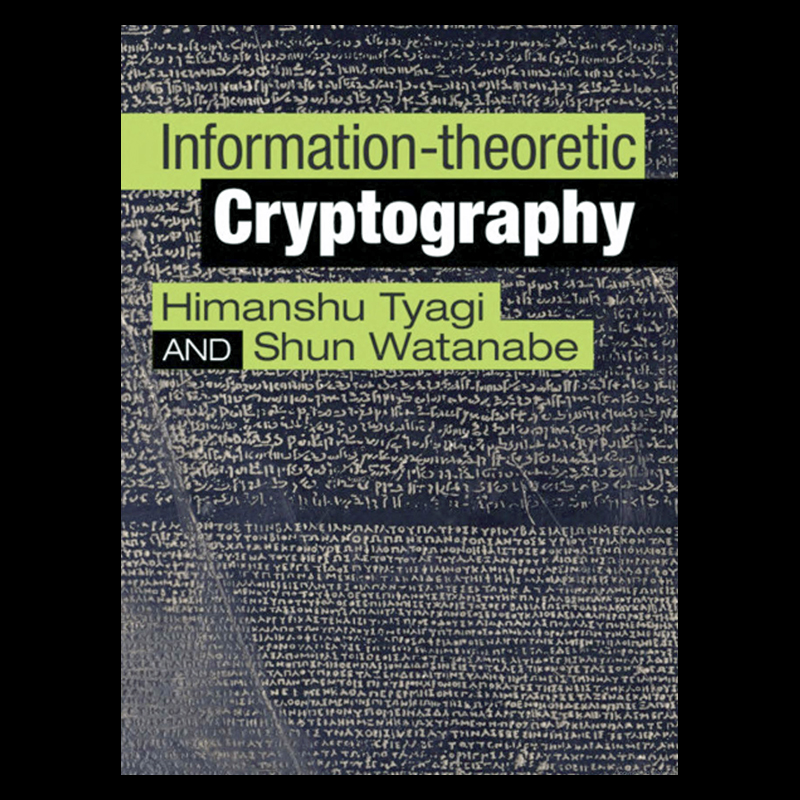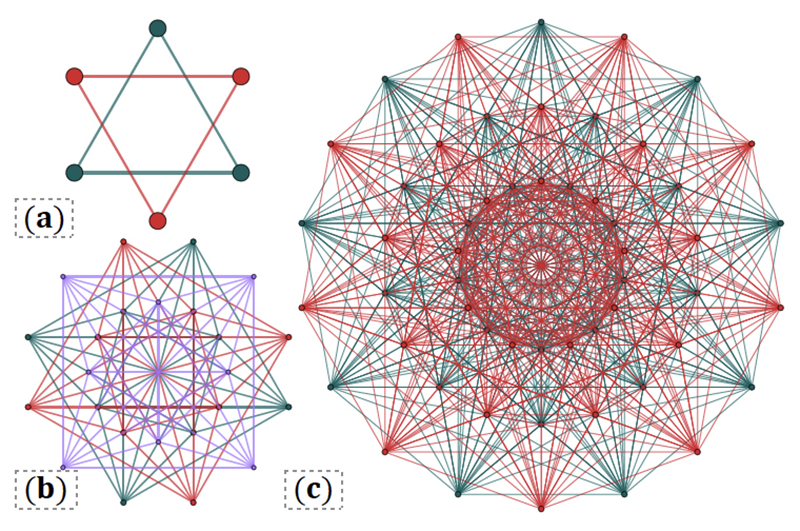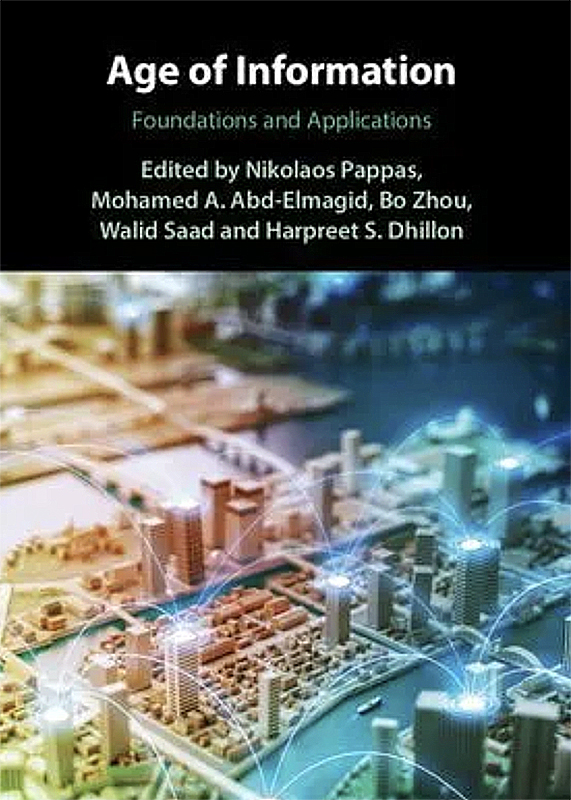News Story
Ulukus is PI for new NSF information-theoretic physical layer security grant
Professor Sennur Ulukus (ECE/ISR) is the principal investigator for a three year, $500K NSF Communication and Information Foundations grant: Alignment for Secrecy: One-Time-Pads in the Air without Keys. The goal of this research is to advance information-theoretic physical layer security to address practical issues arising from user misbehavior, conflicting user interests, lack of complete network state information; and to devise practically implementable codes.
Abstract
In today's communication networks, most data flow through wireless links which are particularly vulnerable to eavesdropping attacks. While currently available cryptographic algorithms provide useful protection against computationally limited eavesdroppers, the ever-increasing computational power of adversaries necessitates techniques that provide stronger forms of security guarantees. Information-theoretic physical layer security provides unconditional security guarantees that are valid even against computationally unlimited adversaries.
In the application of information-theoretic physical layer security to multi-user wireless channels, alignment emerges as a powerful tool to achieve the maximum possible secure degrees of freedom for the network. Optimal alignment for the purposes of security may be interpreted as a form of one-time-pad communication in the air with no need for explicit exchange of keys; security is bootstrapped from the randomness in the physical channel and from the willingness of the users to cooperate. This research will develop techniques to make such secure alignment schemes more robust to user misbehavior and to the lack of channel state information; more practical by making connections to polar coding to develop explicit codes; and more widely applicable to modern wireless networks with multi-antenna nodes.
Specifically, this research investigates the cases of 1) deviating users who do not follow agreed-upon optimum protocols; 2) combating helpers and selfish users who have conflicting interests; 3) vector channels arising from use of multiple antennas and the associated channel state information issues; and 4) explicit code design using polar codes and relating polar alignment and signal alignment.
Published July 3, 2017








